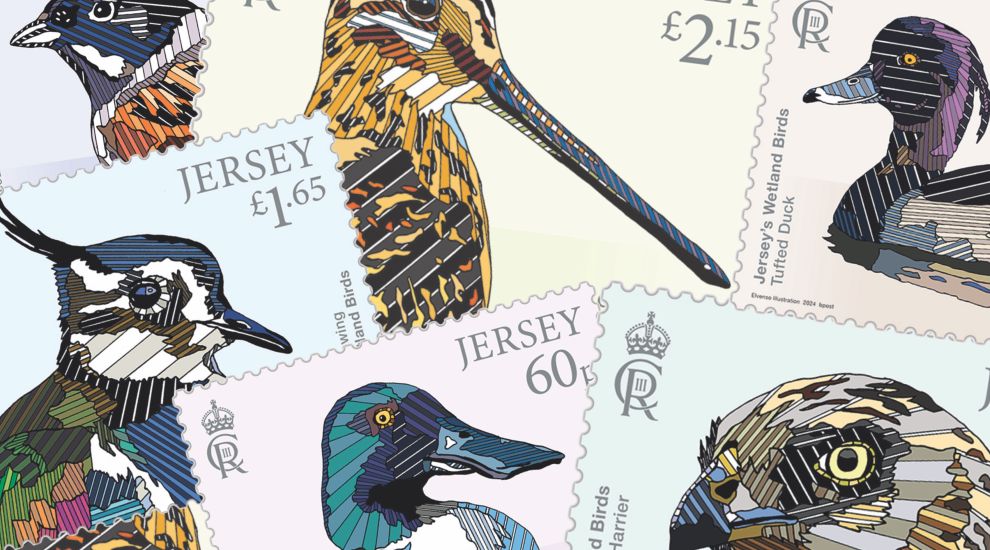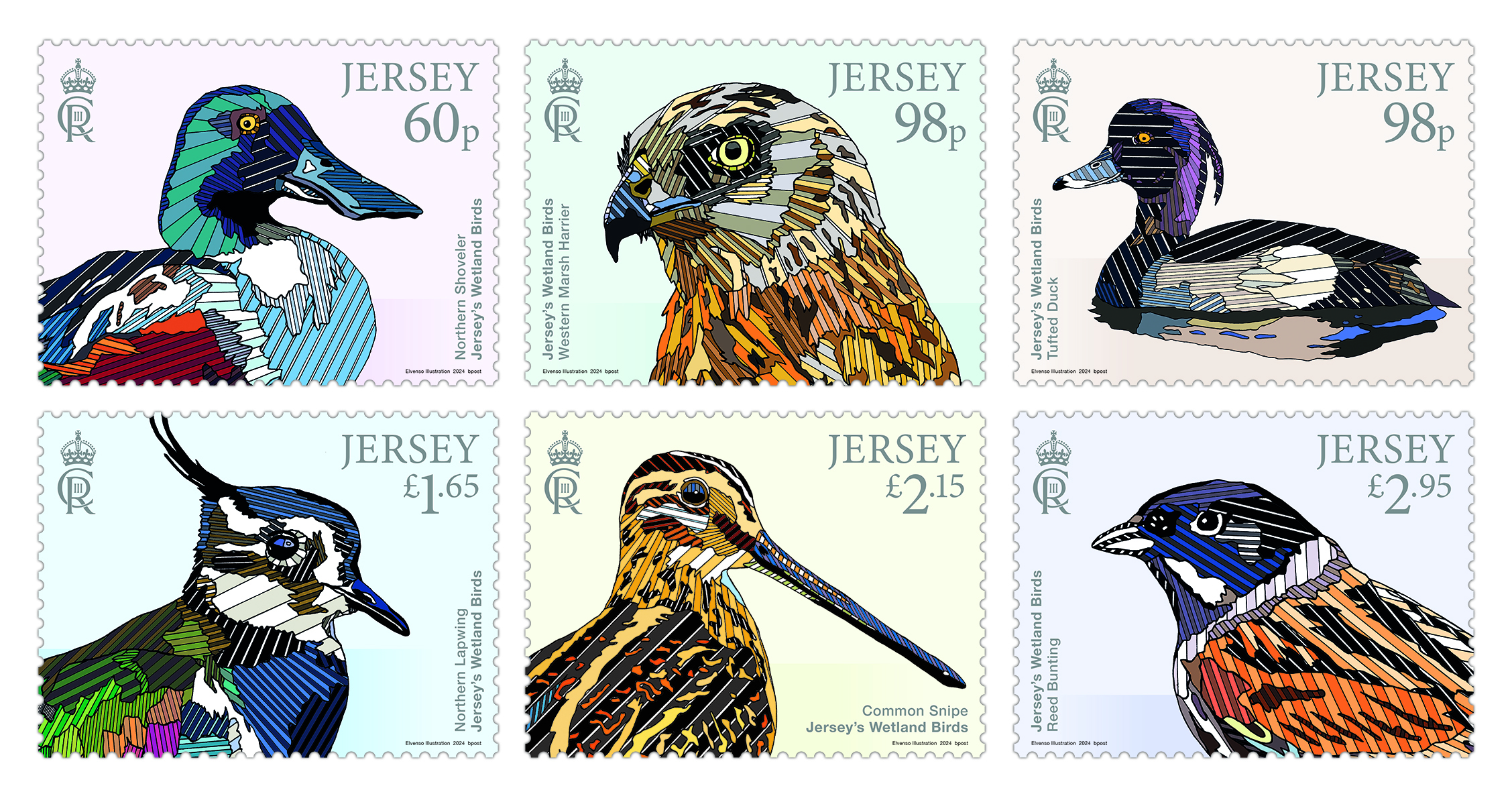


Fancy getting into bird watching? It might sound unusual, but picking up a set of stamps might help you towards that goal by helping you identify everything from a Northern Shoveler to a Tufted Duck...
Jersey's "unique and beautfiful" Wetland Birds are being celebrated in Jersey Posts' most recent issue.
The breeds, which are illustrated on the stamps by local artist Thomas Norman, are mostly found around St Ouen's Pond and include the Northern Shoveler, Western Marsh Harrier, Tufted Duck, Northern Lapwing, Common Snipe and Reed Bunting.
They have been accurately depicted on the stamps using the help of local avian organisations who regularly monitor sightings.

Pictured: Local artist Thomas Norman has illustrated this stamp issue.
A bold colour pallet has been used in this issue – which is available to buy at Jersey Post's offices at Broad Street and Rue Des Pres as well as online – to highlight features of the bird's who rely on wetlands and waterways for survival and are an important part of Jersey's conservation effort.
The Northern Shoveler is a duck breed easily recognised by a spoon-shaped bill.
The Wetland Marsh Harrier is a predatory breed with long wings and tail, and possesses a dark brown plumage with a creamy cap, throat, and wing markings.
The Tufted Duck is widespread in Jersey. Males boast an overall black plumage with bright white flanks and a floppy crest, while females are typically dark brown with a shorter crest and lighter flanks.
Northern Lapwings are a rarer breed seen most in winter. They are easily recognised by
their distinctive crests and black and white plumage, which gleams green and multicoloured in good light.
Common Snipe are spotted predominately in Jersey from August through April and renowned for camouflaging themselves in golden reedbeds.
Reed Bunting are sparrow-sized visitors between October and April. Males sport mostly brown heads with pale throats and a distinctive white collar and 'moustache'. Females have pale throats and 'moustaches' set apart by a dark streak extending to the base of the beak.
Comments
Comments on this story express the views of the commentator only, not Bailiwick Publishing. We are unable to guarantee the accuracy of any of those comments.